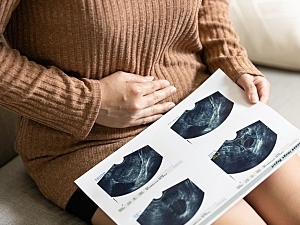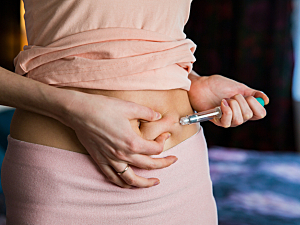Commentary: Equitable Abortion Care for Patients With Non-English Language Preference

In this commentary, Brigham and Women’s Hospital physicians draw on their knowledge of drivers of language-related inequities to suggest best clinical practices for patients with language barriers who need abortion care. They propose ways to advance abortion equity at the clinician, health system, and societal levels.
Read More...







